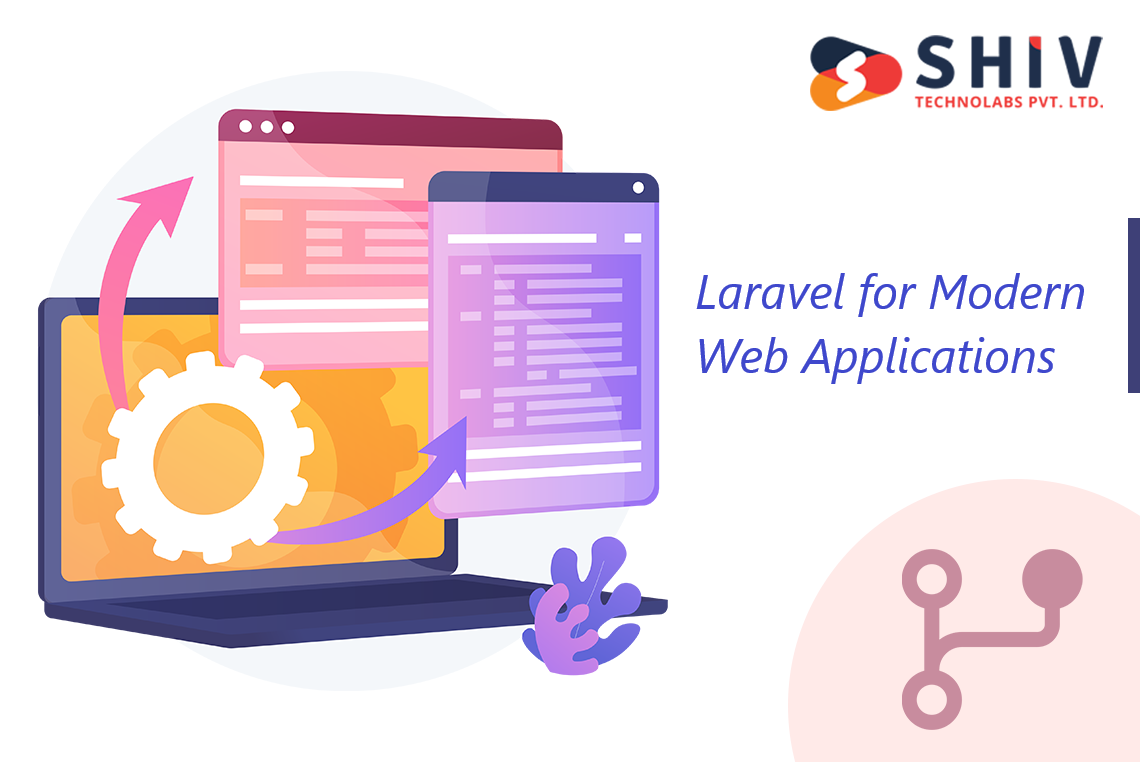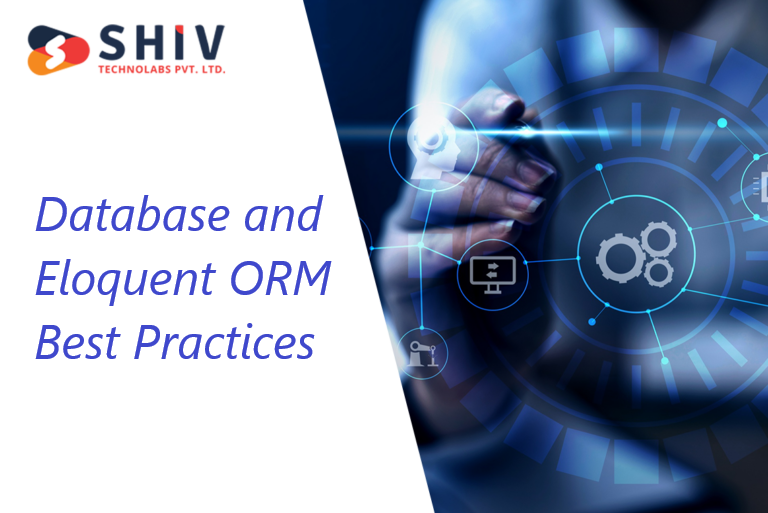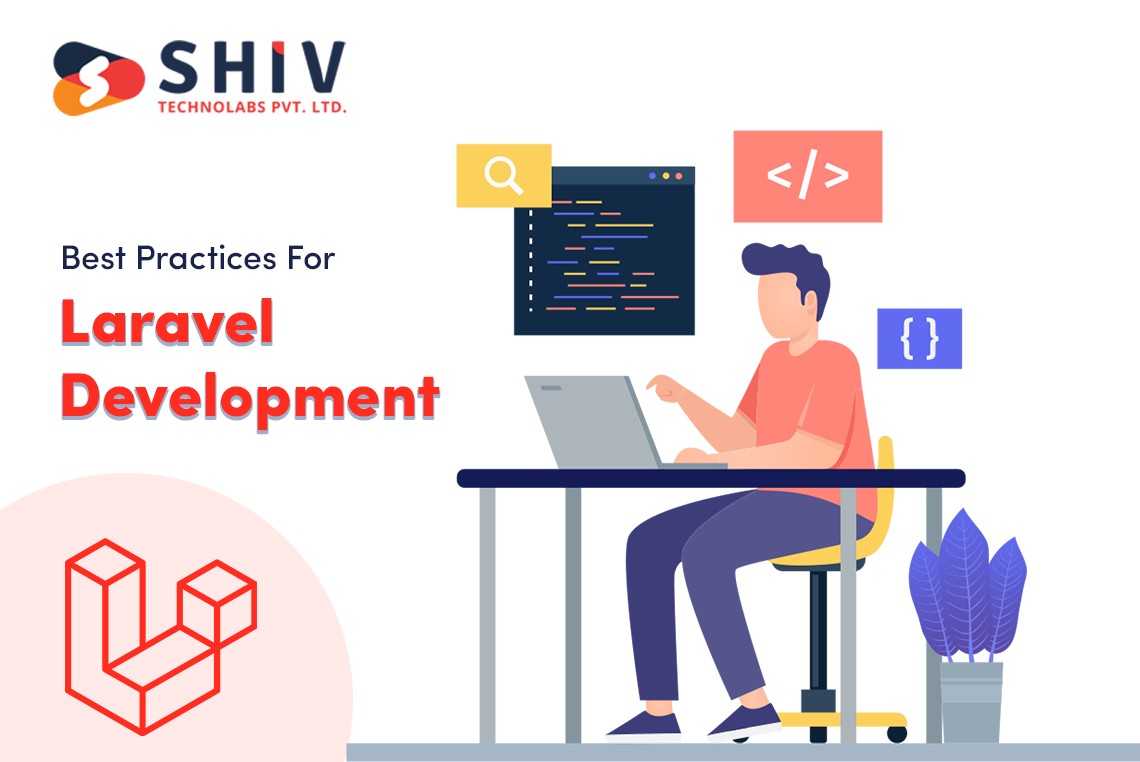Table of Contents
Laravel has become a go-to PHP framework for building web applications that need reliability, speed, and flexibility. Its simple syntax and rich ecosystem make it easier for developers to build complex features without losing structure or control.
However, many teams struggle to maintain scalability and security as their projects grow. Common issues like unorganized code, heavy queries, and weak input validation can lead to performance drops or security breaches.
That’s where best practices make all the difference. By following Laravel’s proven coding, database, and security standards, developers can create systems that perform smoothly under high traffic and adapt to future requirements with ease.
This blog shares practical Laravel development tips — from code structure and database handling to security and performance tuning.
Why Laravel Stands Out for Modern Web Applications?

Laravel stands out because it balances simplicity with power. It allows developers to focus on writing logic instead of repetitive code. Built on the MVC pattern, it maintains a clear separation between business logic and presentation, which keeps projects cleaner and easier to scale.
Some of the features that make Laravel a favorite among PHP developers include:
- Eloquent ORM – Simplifies database interaction through an intuitive syntax.
- Blade Templating Engine – Helps developers manage layouts and components efficiently.
- Artisan CLI – Automates repetitive tasks like migrations, seeding, and testing.
- Built-in Authentication and Security – Saves time and reduces risk through pre-built systems.
With these capabilities, Laravel helps teams deliver faster, maintain consistency across modules, and reduce technical debt over time. It’s why businesses prefer Laravel for building high-traffic web applications that demand long-term reliability.
Laravel Coding Best Practices Every Developer Should Follow
1. Keep Code Modular and Maintainable
A modular structure improves readability and scalability. Always divide logic across controllers, models, and service classes. Avoid stuffing multiple functions inside a single controller — instead, break them into smaller units that handle one responsibility at a time.
Clean separation of code not only makes debugging faster but also helps when multiple developers work on the same project.
2. Stick to PSR Standards
Laravel supports PHP-FIG’s PSR standards, which guide developers on formatting, naming, and structuring their code. Following PSR-1, PSR-4, and PSR-12 keeps your code consistent and readable across large teams.
When code adheres to these standards, onboarding new developers becomes smoother, and long-term maintenance costs drop significantly.
3. Use Dependency Injection Wisely
Laravel’s service container is one of its strongest features. It helps manage class dependencies efficiently, preventing hard-coded instances and promoting loose coupling. By injecting dependencies through constructors or methods, your code remains flexible and easier to test.
This practice simplifies refactoring and supports future scalability without breaking existing functionality.
4. Avoid Business Logic in Controllers
Controllers should remain light. Instead of placing business rules directly in controllers, move them to service or repository layers. This keeps controllers focused on handling requests and responses.
Separating logic not only improves clarity but also makes your application more testable and easier to extend as new features are added.
Database and Eloquent ORM Best Practices

Laravel’s Eloquent ORM simplifies database operations, but without careful handling, it can affect performance or data accuracy. The following practices help you manage database layers efficiently while keeping your application scalable.
1. Use Migrations and Seeders Consistently
Migrations help keep database structures version-controlled. Every schema change should go through a migration file instead of manual edits. This ensures team members can replicate environments easily.
Seeders, on the other hand, are useful for populating sample or default data. Keeping them updated helps testers and new developers work with a reliable base dataset.
2. Optimize Queries and Relationships
Eloquent’s relationships are powerful but can slow down large applications if not handled properly. Use eager loading (with()) to minimize repetitive queries and avoid the N+1 problem.
Always check query logs during development to spot heavy or unnecessary queries early.
Also, use database indexes for fields that are searched frequently and apply caching for static data to reduce database load.
3. Handle Transactions and Rollbacks Properly
In complex workflows, such as order processing or payment updates, partial transactions can corrupt data. Laravel’s DB::transaction() ensures that either all actions succeed or none do.
By wrapping critical database operations in transactions, you can maintain integrity and consistency — especially when multiple tables are involved.
Security Best Practices for Laravel Applications
Laravel already provides strong built-in security tools, but developers must apply them correctly. Security breaches often result from missed validations or poor access control. Following these guidelines keeps your application safe and trusted.
1. Always Validate and Sanitize Inputs
Validation should be your first layer of defense. Use Laravel’s built-in validation methods to filter user input and reject unsafe data.
Avoid directly injecting input into SQL queries — always rely on parameter binding through Eloquent or Query Builder to prevent SQL injection.
2. Use CSRF Protection and HTTPS
Laravel automatically adds CSRF tokens to forms, protecting against cross-site request forgery. Always keep this feature active, and make sure your app runs on HTTPS.
Redirect all HTTP traffic to HTTPS through middleware or your web server configuration to maintain encrypted communication between client and server.
3. Secure Environment Variables
Never expose your .env file to the public. Store sensitive credentials such as database passwords, API keys, and SMTP credentials only in this file, and restrict access at the server level.
Also, avoid pushing .env files to version control systems — instead, share environment templates like .env.example with placeholder values.
4. Apply Access Control and Authentication Guards
Laravel’s Auth system, Gates, and Policies help control who can access what. Always define permissions at both the route and controller levels.
Use authentication guards for APIs, admin panels, and user modules separately. For sensitive areas, add features like two-factor authentication or device-based login restrictions.
Performance and Scalability Best Practices
Laravel apps often grow quickly, and without the right structure, performance can drop. Applying smart caching, queuing, and resource management helps maintain speed under heavy load.
1. Use Caching for Faster Responses
Laravel supports caching systems like Redis and Memcached to store frequently used data. By caching routes, configurations, and queries, you can reduce database hits and improve load times.
For static content such as categories or settings, caching can cut server response time dramatically.
2. Queue Long Tasks with Laravel Queues
Background jobs such as sending emails or processing reports should not block user requests. Laravel Queues let you handle these jobs asynchronously, improving user experience and freeing up system resources.
3. Use Pagination for Large Data Sets
Instead of fetching thousands of records at once, use Laravel’s pagination methods. This keeps memory usage low and speeds up page rendering.
4. Apply Route and Config Caching
Commands like php artisan route:cache and php artisan config:cache compile configurations and routes into optimized files, which improves startup time for production builds.
Testing and Continuous Integration
Testing is not optional when it comes to scalable Laravel applications. Laravel supports unit, feature, and browser testing out of the box.
Writing tests early helps catch bugs before deployment and keeps new updates from breaking old features.
Automating this process with CI/CD pipelines (like GitHub Actions or GitLab CI) helps push tested code to production smoothly. Combine this with version control and staging environments to maintain a consistent release cycle.
Deployment and Maintenance Best Practices
Even a well-coded Laravel project can fail if deployment isn’t managed carefully.
- Automate deployments: Tools like Laravel Forge or Envoyer handle releases without downtime.
- Regular backups: Use Laravel Backup or server scripts to save both the database and files.
- Update dependencies: Run composer update periodically and monitor for security patches.
- Monitor logs: Laravel’s Monolog integration helps you track errors and performance issues in real time.
Maintaining discipline in these areas keeps applications stable and secure after launch.
Common Mistakes to Avoid in Laravel Projects
Even skilled developers can fall into traps that affect performance or stability. Some mistakes to watch for include:
- Mixing business logic inside controllers
- Ignoring Laravel’s built-in validation
- Hardcoding credentials in config files
- Skipping migrations or using manual database edits
- Forgetting to enable caching or queues in production
- Avoiding regular updates or code reviews
By catching these issues early, teams can save countless hours in debugging and maintenance.
Built with Shiv Technolabs
At Shiv Technolabs, our Laravel experts follow proven development standards to deliver stable, high-performance web applications for global clients. Whether you need a new application, code audit, or long-term maintenance, our team ensures every Laravel project is built for scale, speed, and security.
Final Thoughts
Laravel’s strength lies in its balance between simplicity and structure. When developers follow best practices — from coding standards to caching and security — they can deliver apps that stand the test of time.
Building scalable and secure Laravel apps is less about shortcuts and more about discipline, testing, and clean architecture. Consistency in these areas leads to better code, faster performance, and easier scalability as your business grows.
📞 Let’s build something reliable together — Contact Shiv Technolabs.




















